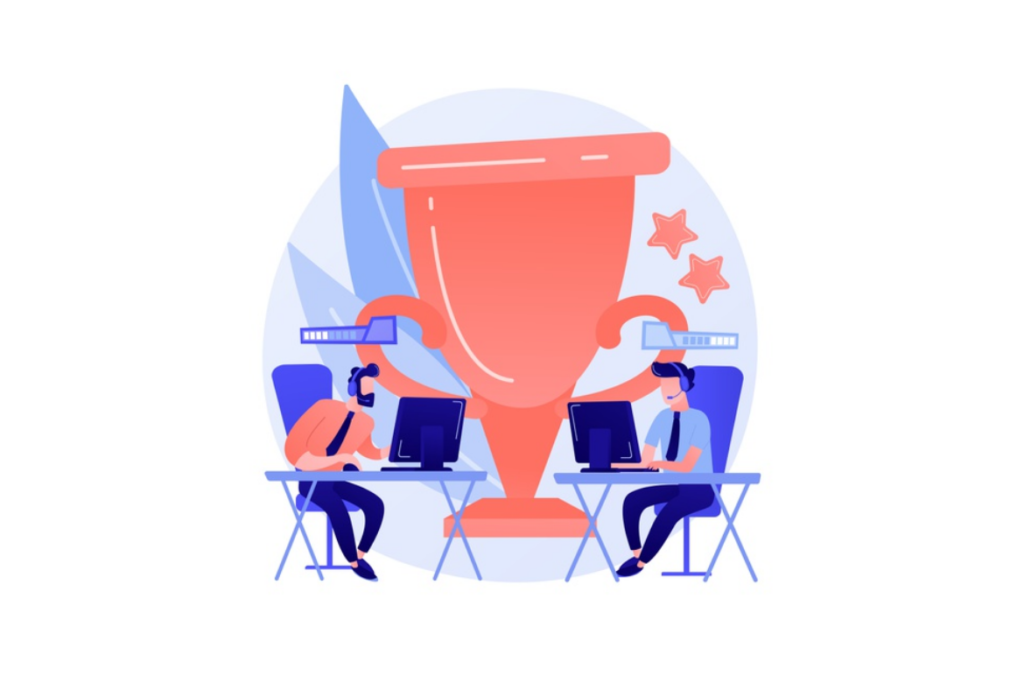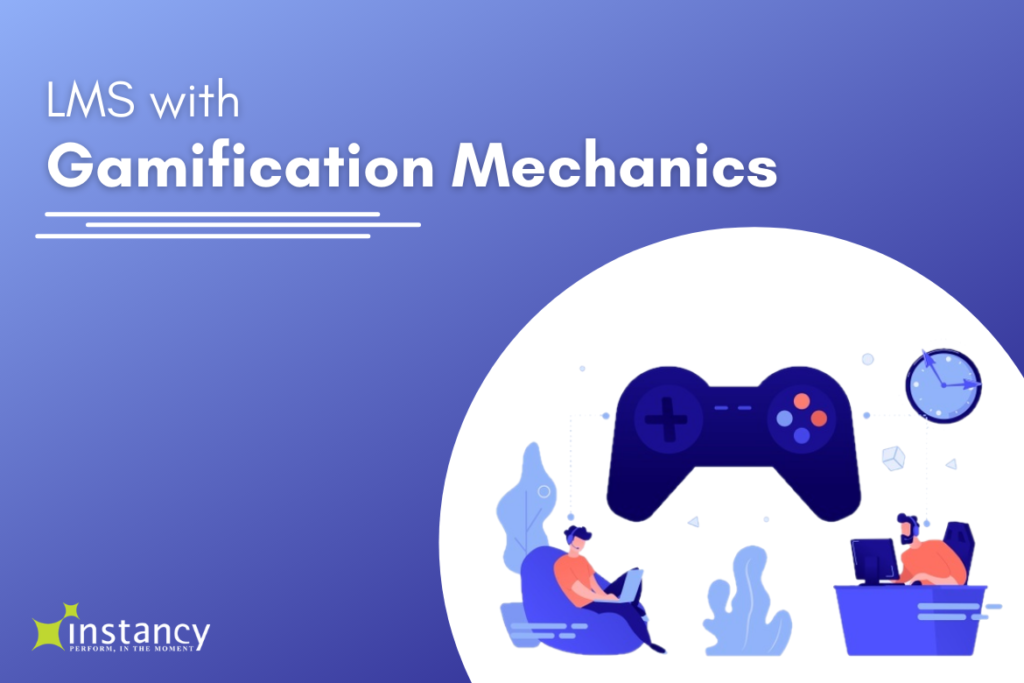Attention span is decreasing due to information overload. Just having a well-written course does not guarantee its effectiveness. The need of the hour is user engagement. Gamification mechanics is useful to make the eLearning process exciting and motivational for the learners.
We all know that gamification is primarily the application of game design elements and game principles in a non-game context that potentially changes the way we train. Most businesses strive to incorporate games – like incentives to motivate employees, improve training and strengthen teams.
Game-based learning is implemented essentially at the course or learning event level while gamification can be applied to an entire LMS more easily.
Having defined gamification as the use of game mechanics in an LMS brings us to the two most frequently asked questions:
1. What are gamification mechanics?
2. What role does gamification mechanics play in a Learning Management System?
Gamification works effectively in learner engagement by applying game principles (points, progression, competition) to learning activities.
To understand game mechanics, we need to familiarize ourselves with the term gameplay. The gameplay is potentially the way by which the player interacts with the game.
The construct of methods or rules designed for the player, interaction with the game, are notable features of game mechanics. The primary focus of a game designer is to work on game mechanics that are engaging and keeps the user invested, furthering an impactful and worthwhile learning experience.
Game mechanics are the objective nuts and bolts algorithms that constitute the underlying structure of the larger game system.

The gamification elements used in LMSs are considerably simple. Following are the most common elements in eLearning and LMSs.
- Points
- Badges
- Levels
- Progress bars
- Leaderboards
- Rewards
- Learner interaction
We shall further elaborate on these points for a better understanding.
- Reward learner with points: Earning points is a yardstick for progress. Learners can earn points for completing learning assignments, participating in discussions, sharing their knowledge, and more.
- Reward accomplishments with badges: A gamified LMS should display the badges on leaderboards and also when the learners interact in forums and messaging apps.
- Levels: Completing prerequisites qualify for a level higher in a gamified LMS. It is an integral feature of most computer games. With the completion of tasks and by scoring the requisite points in a game the learner is entitled to a higher level, it also works as a ready reckoner that the level of difficulty is about to get harder. It is the key to unlocking the more challenging tasks and validates the learner’s progression in the game.
- Display progress bar: This is a visual display indicating what the learner has accomplished and how much is yet to be completed. The bar moves in tandem with the learner’s progress through a section or module and jumps forward on the completion of tasks and assignments.
- Compare learners on leaderboards: The leaderboards lend status and bragging rights to the front runners. They are high score tables that calibrate progress.
- Offer rewards: Rewards are an acknowledgment of the efforts and progress made by the learner in steering the course to fruition. An LMS that supports gamification effectively is likely to have reward schedules and rules that can be tweaked, providing enough flexibility to the courses hosted on it.
- Encourage learner interaction: Competition is often a great motivator, whether learners are competing, collaborating, or discussing new ideas, interaction with peers propels participants to often take the lead and try and gain better visibility in the group.
An LMS offering gamification elements enhances employee skill development, creates engaging learning experiences, assists HR managers who seek an innovative change management tool, and managers who want to incentivize learners with leaderboards and badges. Self-tests and challenges provide metrics on learner performance individually and in relation with others, thereby creating competition and leveraging the inherent human need to excel within communities.
With millennials forming a large part of the workforce, learning organizations can benefit from gamification by keeping the learners engaged through the gamification process. With a desire for quick results, gamification makes learning fun and engaging.
Instancy LMS and Instancy Learning Experience Platform provide a flexible framework to customize and configure gamification rules as per the organization’s goals and audience preferences.
Instancy provides a Learning Management System that includes a comprehensive gamification engine that allows the LMS Administrator to create multiple games for various learning activities that could be organized for the entire learning community or might be focused on a specific job role or group.
In addition, Instancy provides comprehensive content management and authoring system that allows access to course content and awards points, badges, etc. It creates a leadership board that encourages and provides incentives and creates a learning community, too.
Conclusion
The goal of gamification is the engagement of consumers, employees, and partners to inspire, collaborate, share and interact within the learning environment. A compelling gamification experience tugs at the learner’s emotions that subsequently propel them to excel thereby creating a positive impact on mutually shared goals.





